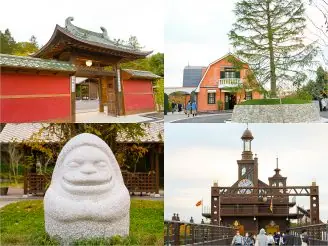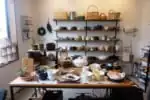[Let's Walk The Cultural Path] Futaba Museum: Taisho Roman Mansion where Japan's First Actress Sadayakko Kawakami Lived
![[Let's Walk The Cultural Path] Futaba Museum: Taisho Roman Mansion where Japan's First Actress Sadayakko Kawakami Lived](https://life-designs.jp/wp/wp-content/uploads/2019/06/IMG_8454.jpg)
Table of Contents
The area from Nagoya Castle to Tokugawaen is named "The Cultural Path" because of the residences of cultural and financial figures. There are many historical buildings where cultural figures who played a role in the modernization of Nagoya from the Edo period to the Meiji and Taisho periods.
Among them, the most eye-catching is The Cultural Path Futaba Museum (former residence of Sadayakko Kawakami). We will introduce the highlights of this mansion, which has an atmosphere of Taisho romance, such as the orange Western-style roof, stained glass, and spiral staircase.
What is The Cultural Path Futaba Museum?

Sadayakko Kawakami (1871-1946) was touted as "Japan's first actress." Momosuke Fukuzawa (1868-1938) was the son-in-law of Yukichi Fukuzawa, who was said to be the king of electric power in Japan. The two were old acquaintances and lived together in this building from the Taisho era to the Showa era as business partners. Originally located in Higashifutaba-cho, Higashi-ku, it was relocated to its current location and reopened in 2005 as The Cultural Path Futaba Museum.
Built on a site of more than 2,000 tsubo, the innovative and luxurious building that blends Japanese and Western styles is called the Futaba Palace, and has become a salon visited by politicians, business people, and intellectuals. It was designed by Americaya, an up-and-coming housing company known at the time. Momosuke, who was called the king of electric power, built numerous hydroelectric power plants in the Tokai region, and at this mansion, which was equipped with electrical equipment that was surprising for the time, he and Sadayakko appealed to many people about living with electricity. Sadayakko's tastes were also incorporated everywhere.

The location is about 10 minutes on foot from Takaoka Station on the Sakuradori Line.

It is designated as a "Registered Tangible Cultural Property" of Japan and an "Important Landscape Building" of Nagoya City.
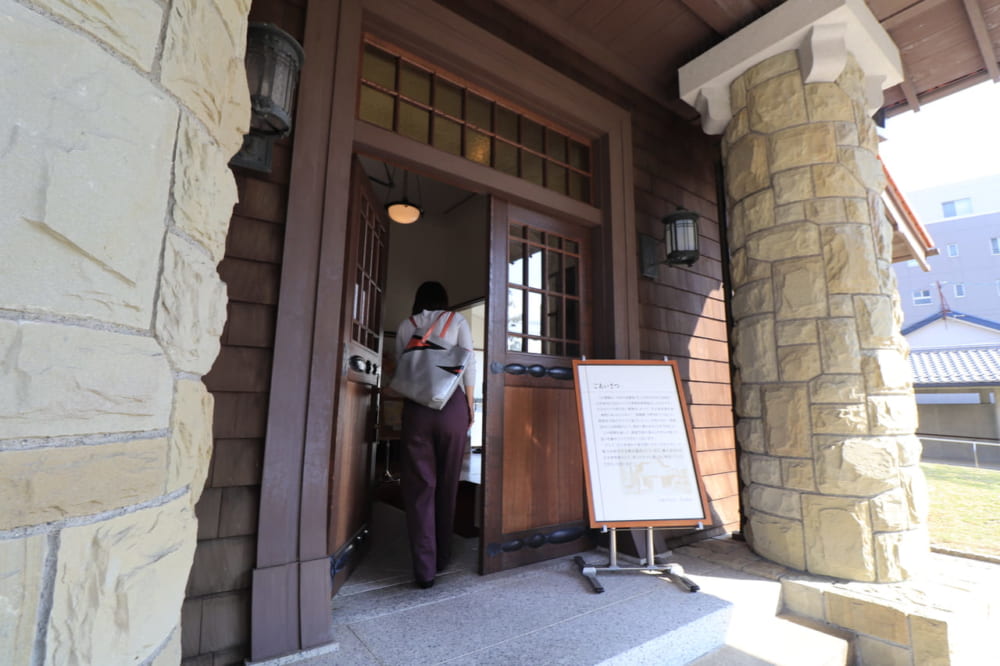
Now let's go to the world of Taisho romance.
"Ohiroma (large hall)" where Celebrities from Nagoya Gathered


The large hall, located just inside the entrance, functioned as a salon where business people and intellectuals gathered. At that time, Sadayakko Kawakami was the female president of a manufacturing factory in Nagoya called Kawakami Silk. Momosuke Fukuzawa, who worked on the power development of the Kiso River and was called the "power king". The two, who could be said to be representatives of celebrities in Nagoya, invited businessmen and intellectuals of the time and entertained them in this extravagant room.
Highlights of the Large Hall ① "Stained Glass"
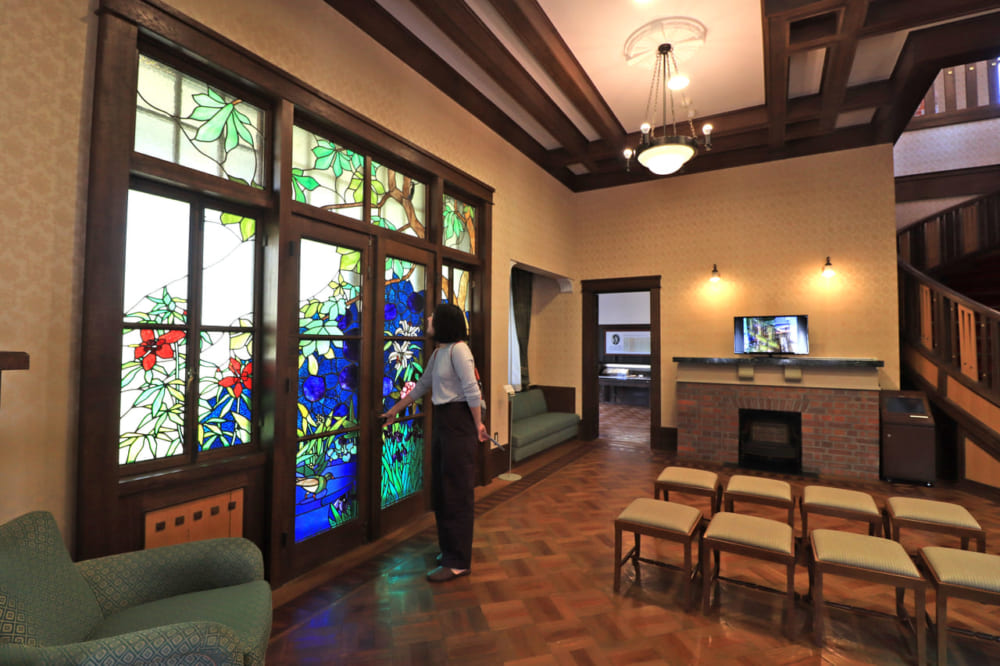 Stained glass "Early Summer" on the west side of the hall
Stained glass "Early Summer" on the west side of the hall
 Stained glass "Odoriko (dancer)" on the west side of the hall
Stained glass "Odoriko (dancer)" on the west side of the hall
The first highlight of the hall is the "stained glass".
The stained glass in Futaba Museum was created based on the original painting by Hisui Sugiura, a famous designer of the time and brother-in-law of Momosuke Fukuzawa. Hisui Sugiura graduated from the Tokyo School of Fine Arts (currently Tokyo University of the Arts) and served as the principal of Tama Imperial Art School (currently Tama Art University), and is said to be a pioneer of Japanese graphic design. When you visit Futaba Museum, be sure to pay attention to the stained glass design as well.
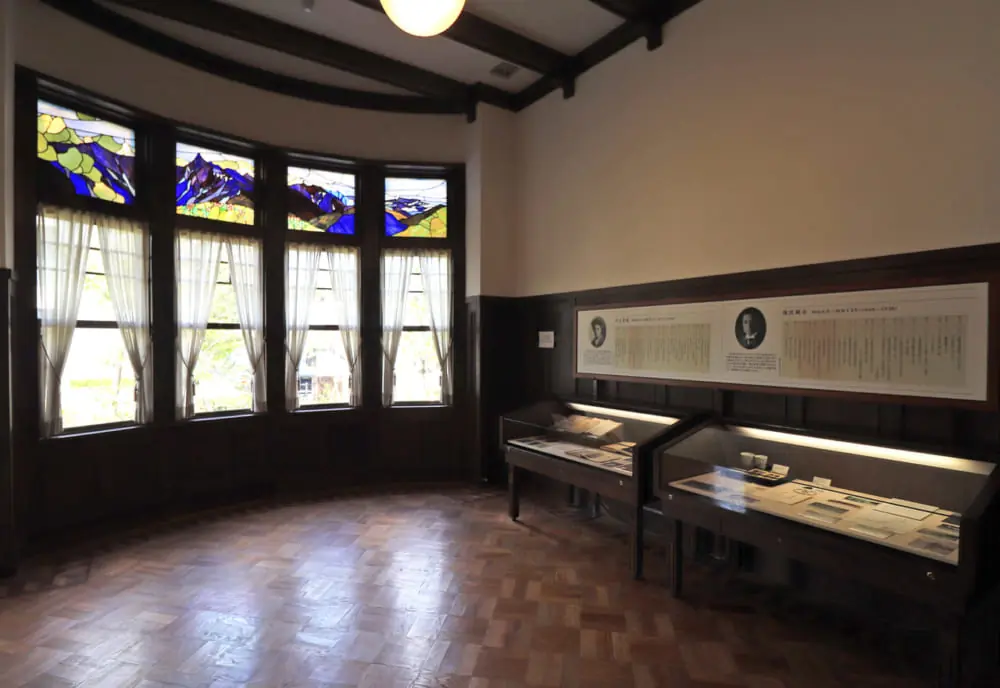
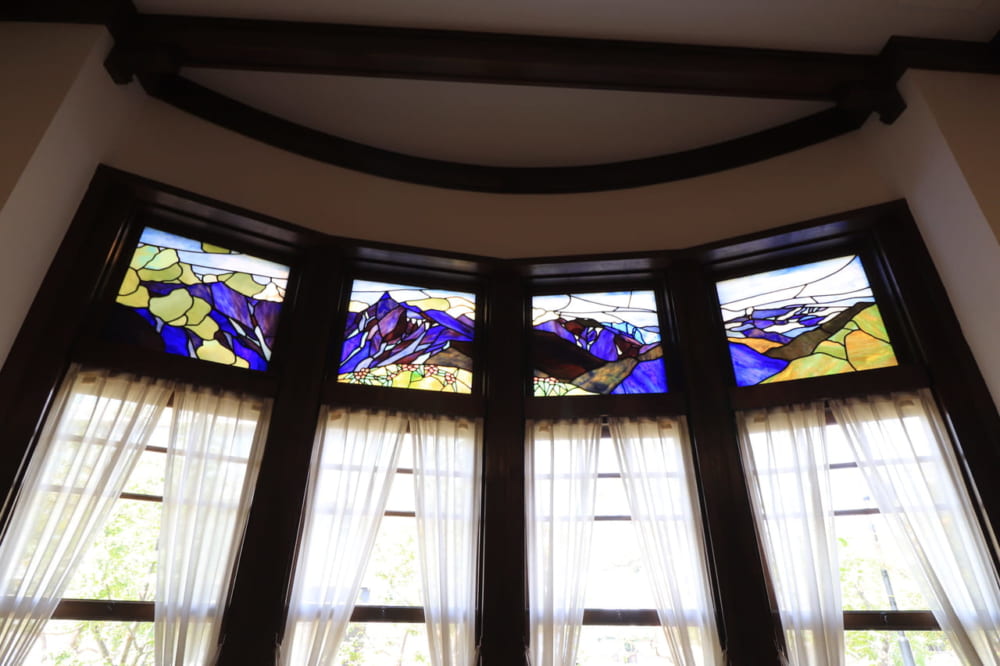
There is also a beautiful stained glass in the exhibition room (former dining room) adjacent to the large hall. This one is titled "Alps," which represents mountains such as Mt. Yarigatake.
Highlights of the Large Hall ② "Sofa at the Time of Establishment"
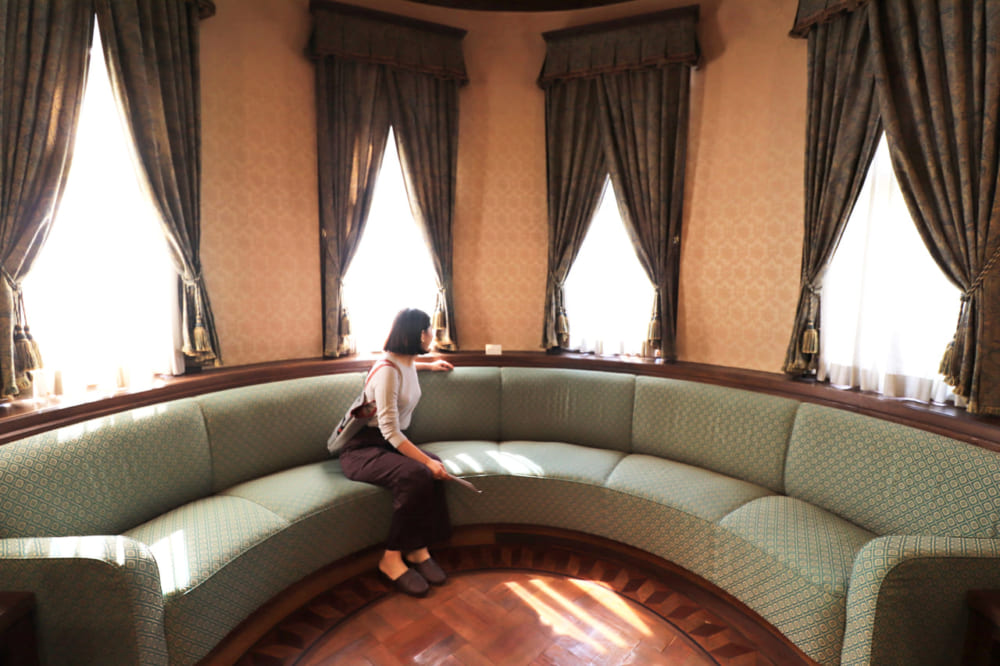
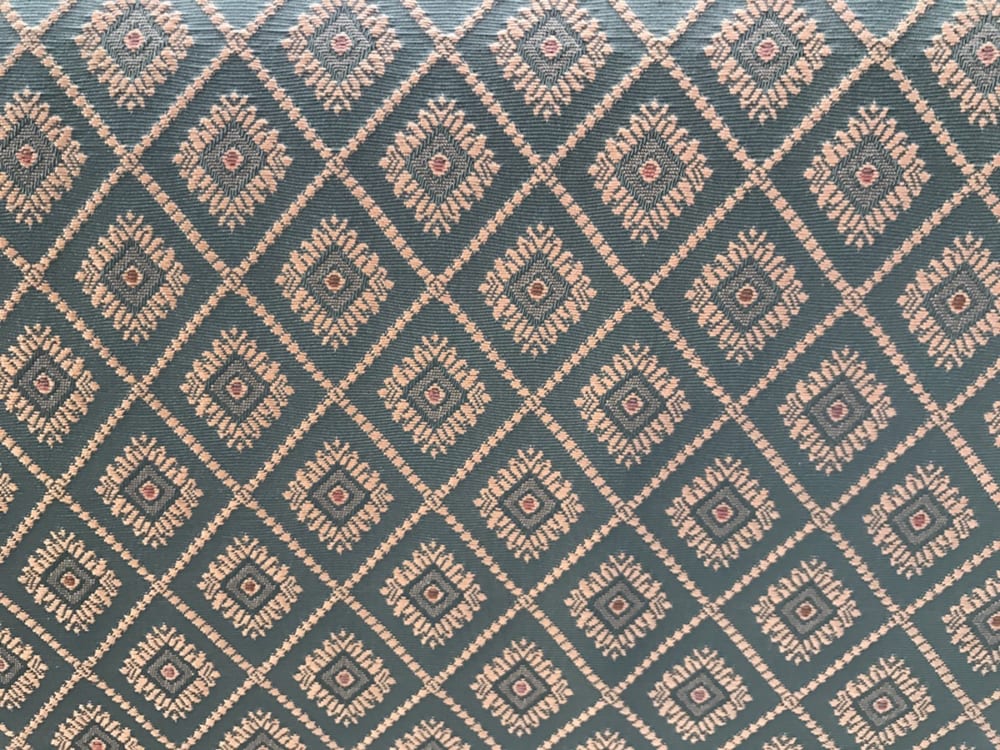 sofa upholstery. Please try to actually feel the comfort of sitting.
sofa upholstery. Please try to actually feel the comfort of sitting.
The second highlight of the hall is the sofa in one corner of the hall.
This is a sofa that had been used in another room during the renovation. The woodwork and springs are reused from those days. I was very surprised by the comfort of sitting, which I didn't think was the one at the time of its foundation.
Highlights of the Large Hall ③ "Wooden Spiral Staircase"
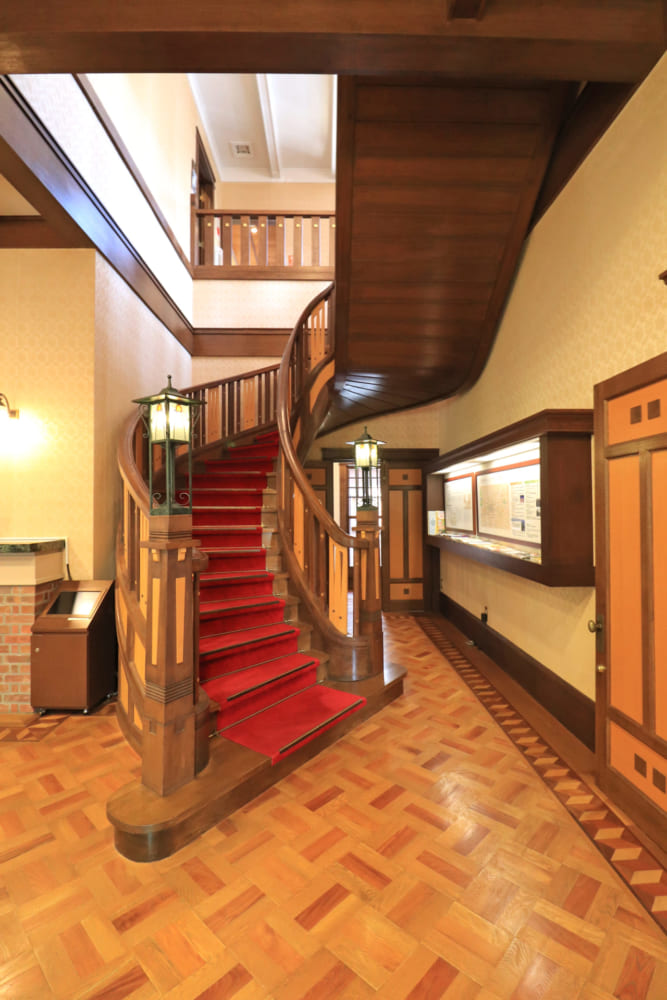
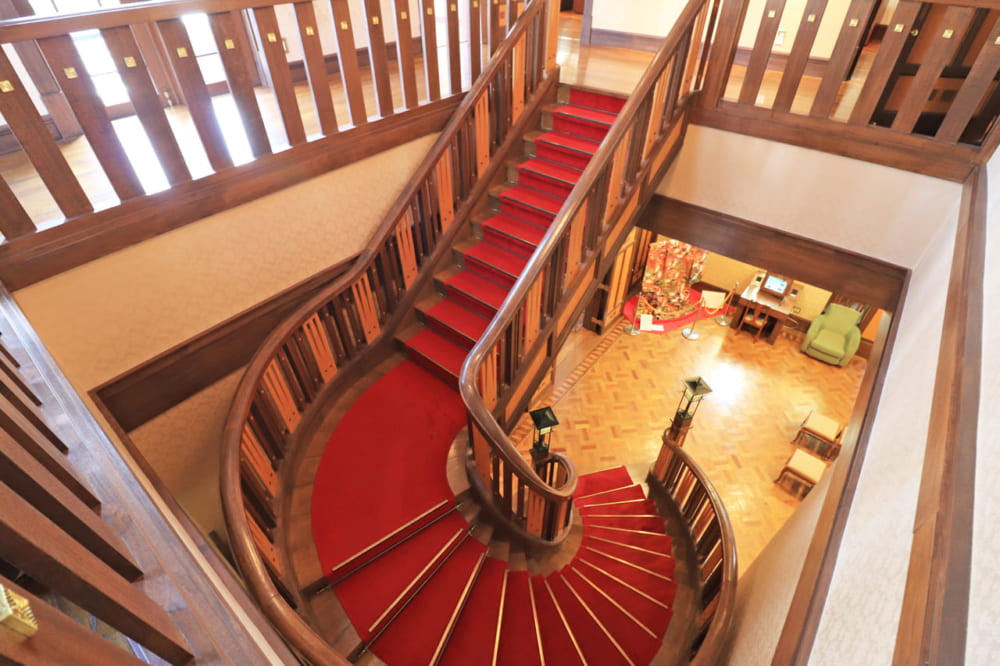
The most eye-catching part of the hall is the spiral staircase that leads to the second floor. The wooden staircase that draws a beautiful curve is characterized by a board attached to the back side. The red carpet is laid out, and the staircase that looks like a stage set is brightly lit with the power of electricity. The details are meticulously decorated.
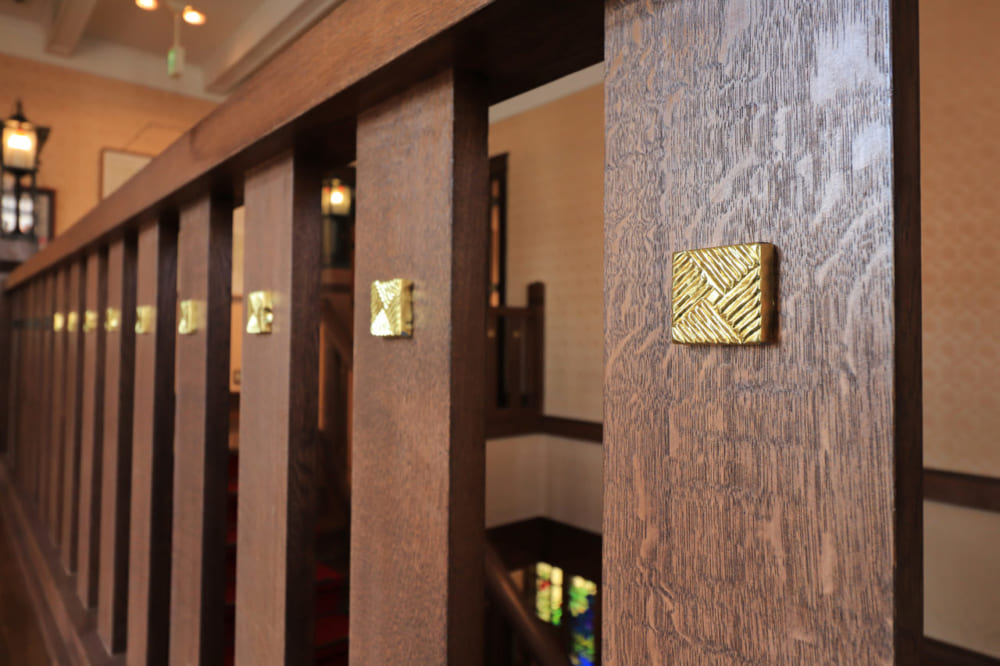

A Japanese-style Room that Reproduces the Lifestyle of Sadayakko Kawakami
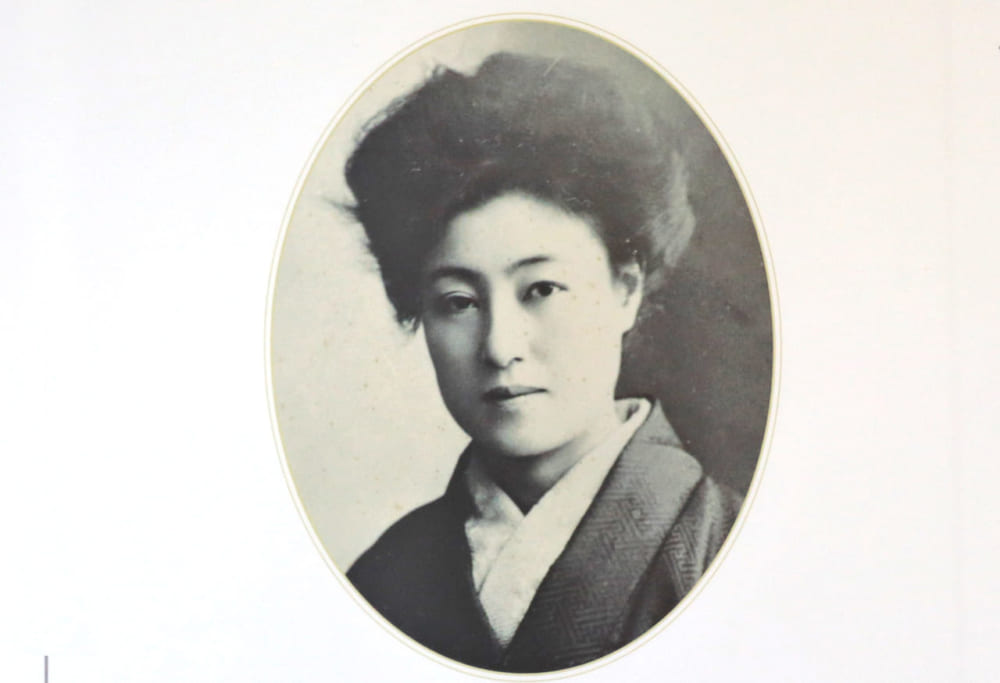
Let me introduce you to Sadayakko Kawakami in more detail.
Sadayakko Kawakami (real name: Sada Koyama), who became an main character of NHK Taiga drama, became an adopted daughter of a geisha house when she was young, and later became a popular geisha and was called 'Yakko'. It was around this time that I met Momosuke Fukuzawa.
After that, in 1894, she married Otojiro Kawakami, who is famous for "Oppekepe-bushi." When the Kawakami troupe traveled to San Francisco for performances, she appeared on stage for the first time as an actress Sadayakko, and gained acclaim throughout the United States. She performed at the World Exposition in Paris and was awarded a medal by the French government.
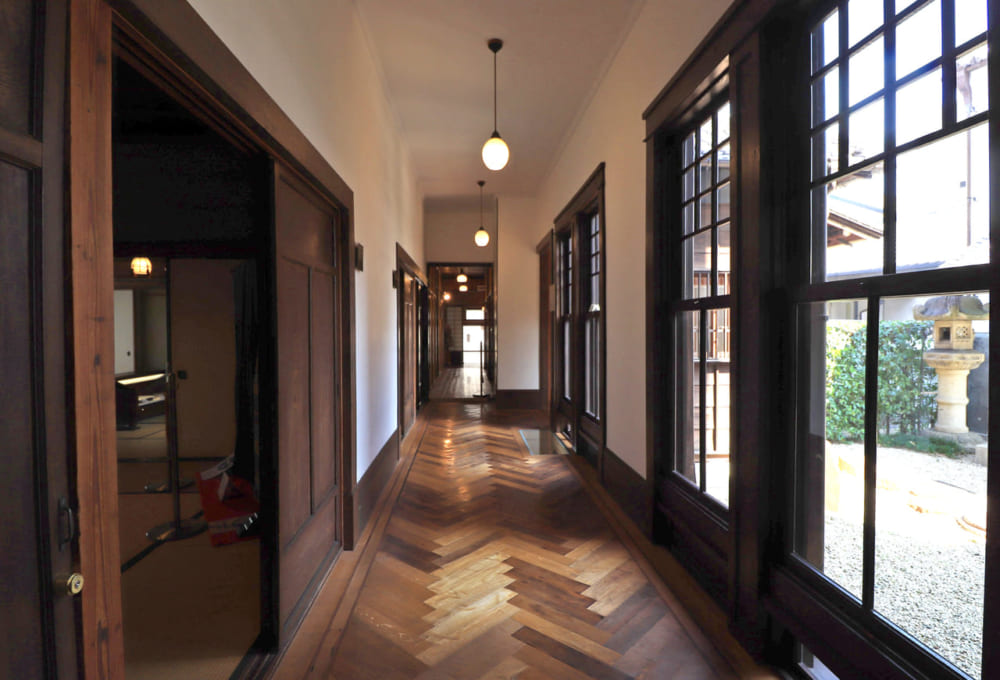
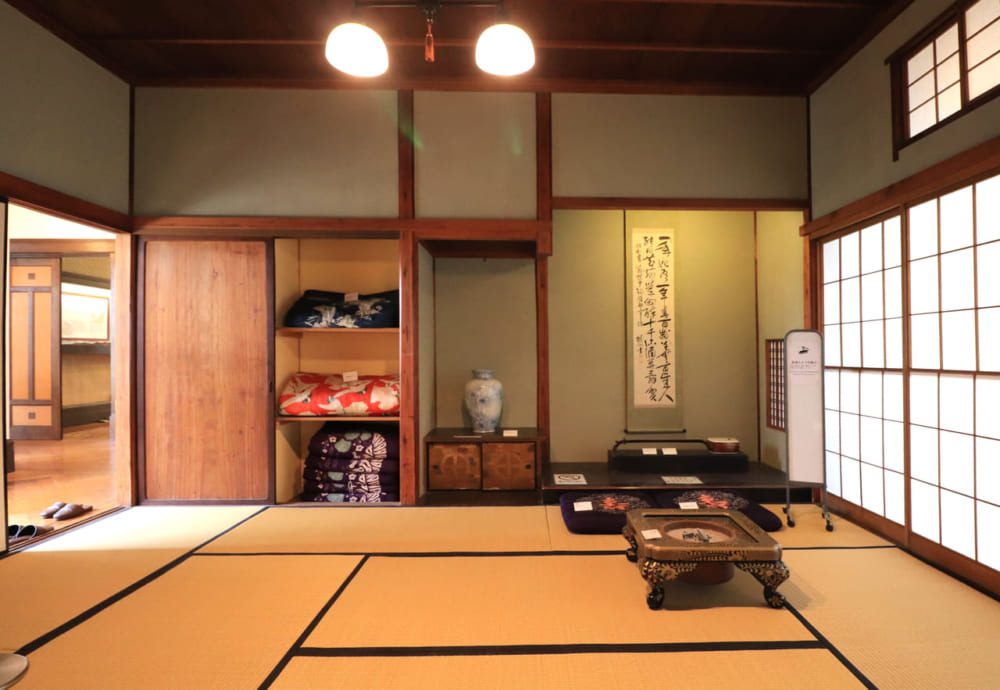
At the back of the hall and dining room is the "former ladies' room" where Sadayakko Kawakami lived. The Japanese-style room is the same as when it was built, and this part is registered as a national cultural property. The interior has been recreated with furnishings and furniture, and you can catch a glimpse of Sadayakko's life at that time. Sadayakko's favorite kimonos and obis are also on display according to the season.

Momosuke Fukuzawa, who was called "Japan's king of electric power" and was promoting the power generation business of the Kiso River system, made Futaba Museum a state-of-the-art electric house at the time, and was particular about the lighting in the rooms and corridors. The state-of-the-art electrification equipment of the time is installed in the hall, such as a marble power distribution field and an electric bell that Sadayakko could call the maids from wherever he was.
Also, the light switch that was used at the time remains. Designs with ON and OFF buttons lined up one above the other are rare these days.
![[Let's Walk The Cultural Path] Futaba Museum: Taisho Roman Mansion where Japan's First Actress Sadayakko Kawakami Lived| Outings in Higashi Ward, Nagoya | Life Life Designs | Traveling and Living in Nagoya, Aichi, Gifu and Mie](https://life-designs.jp/wp/wp-content/themes/wp-templ/assets/img/common/logo.svg)


![[Tokai Area] Explore its History!](https://life-designs.jp/wp/wp-content/uploads/2019/12/LD_banner_w1920x1088_history-1-1024x580.jpg)
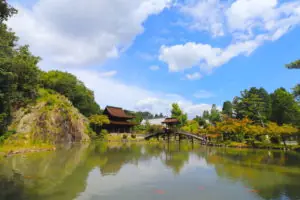
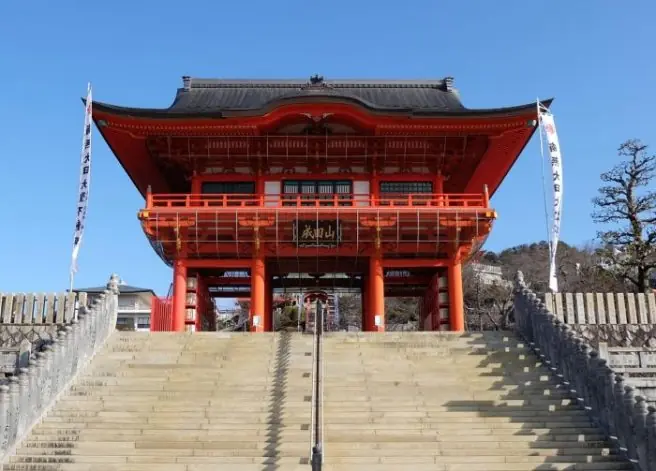

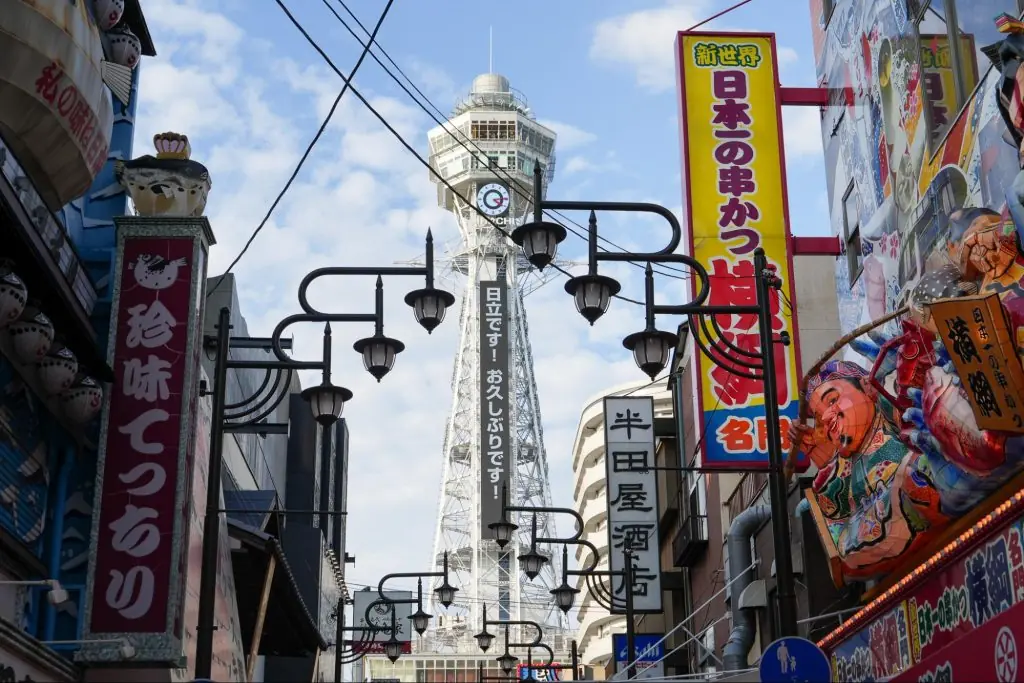

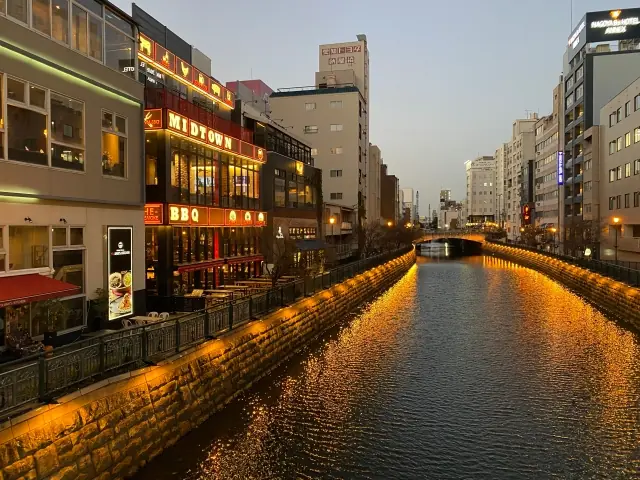
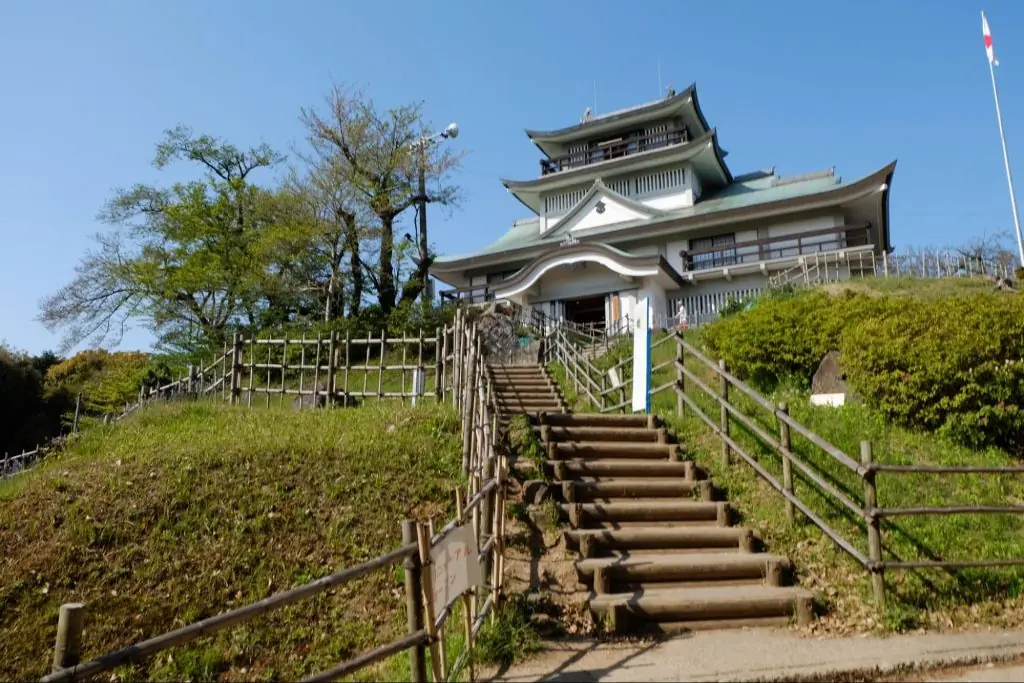

![[12 selections] Summary of Recommended Violin Classes in Nagoya City](https://life-designs.jp/wp/wp-content/uploads/2023/02/bc9f6a4dcf98bf28b557933bf16740a4-1024x683.jpg)
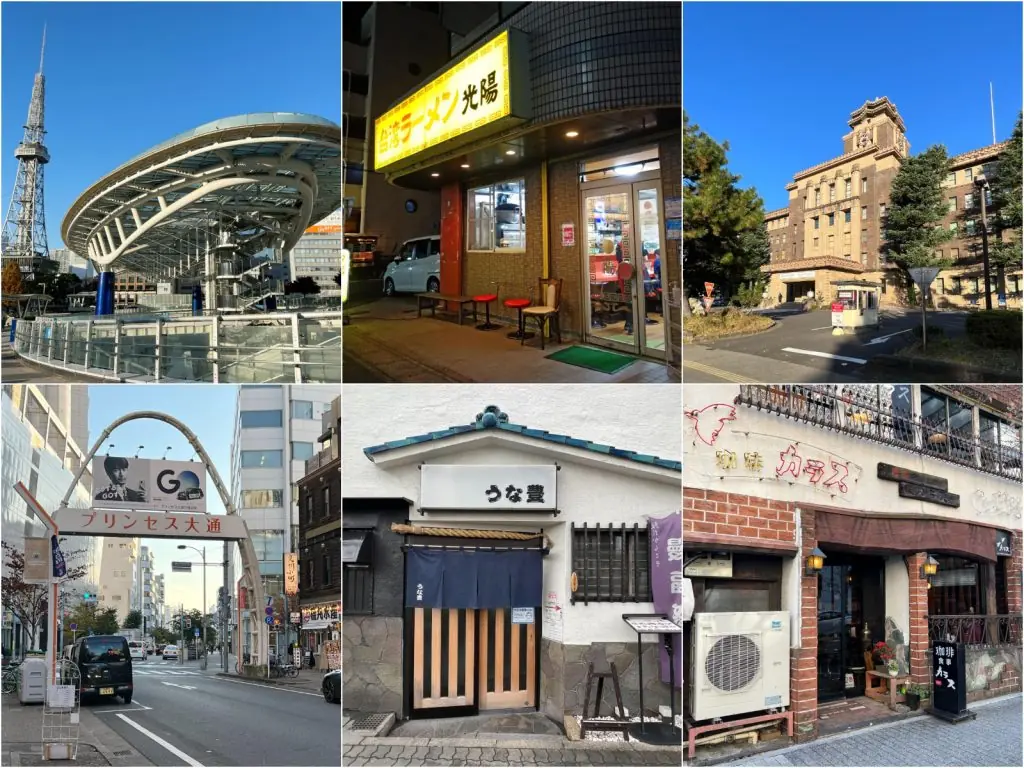
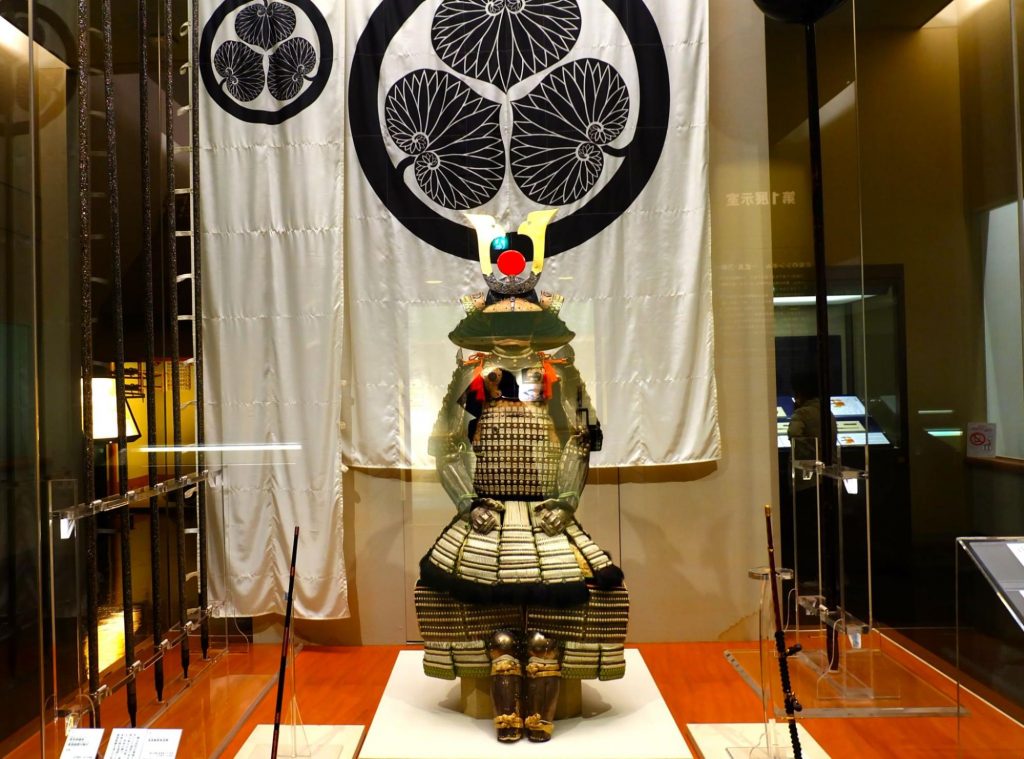

![[Indoor Facilities] Where to Go on Rainy Days in Tokai Area! For Family Outings!](https://life-designs.jp/wp/wp-content/uploads/2023/07/FotoJet-23.jpg)





![[Sauna Specials] Feel Revitalized in Sauna!](https://life-designs.jp/wp/wp-content/uploads/2021/07/Sauna-768x435.jpg)
![[Osu Special Feature] A City of History and Uniqueness](https://life-designs.jp/wp/wp-content/uploads/2022/03/01_Osu-1-768x435.png)
![[Special Feature] Enjoy Outdoor Activities!](https://life-designs.jp/wp/wp-content/uploads/2019/12/LD_banner_w1920x1088_outdoor-1-1024x580.jpg)
![[Ghibli Park] Beginner's Guide](https://life-designs.jp/wp/wp-content/uploads/2023/07/ghiblipark_w1920h1088_20240422-1024x580.png)
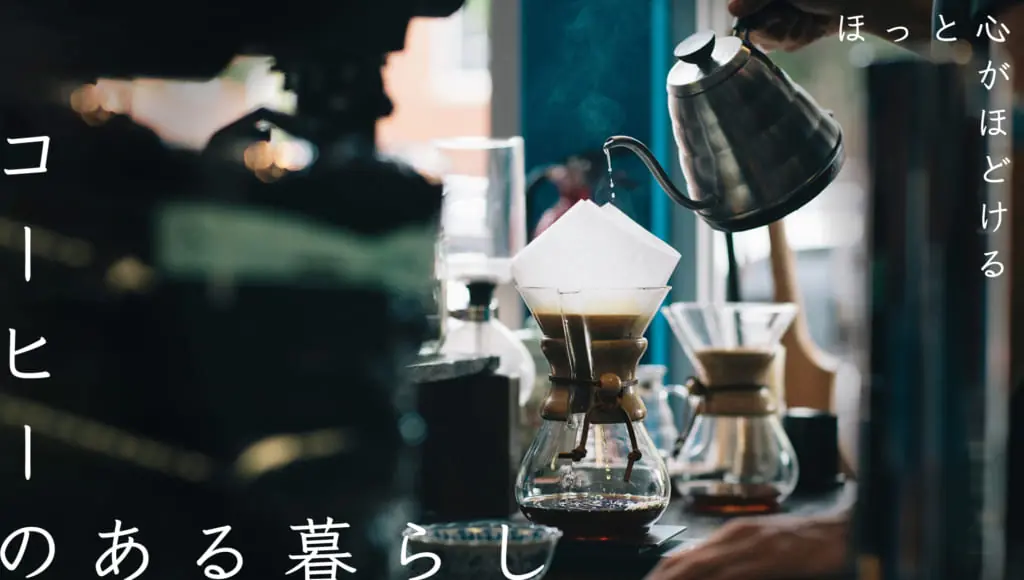
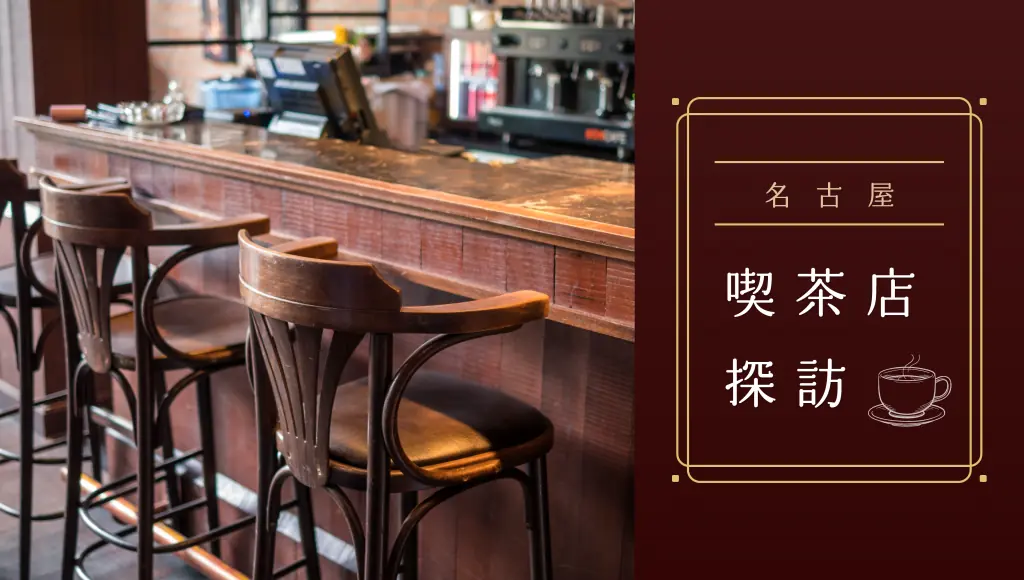
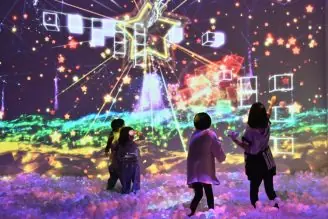


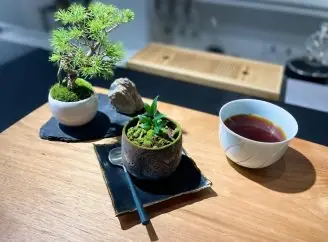

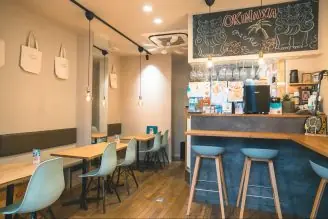
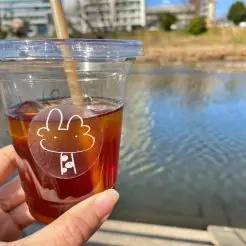

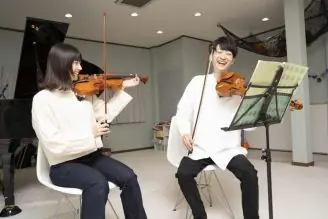
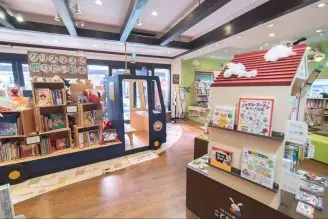

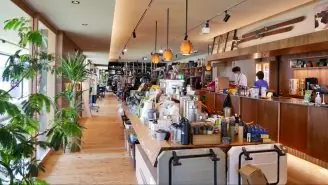
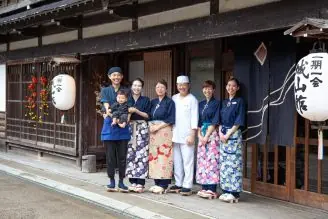
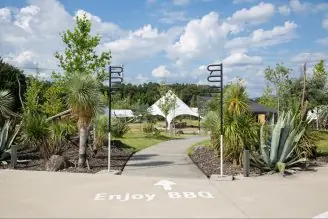
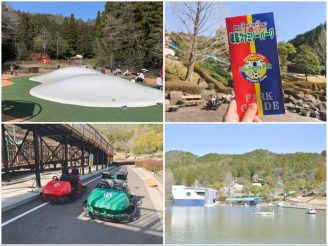

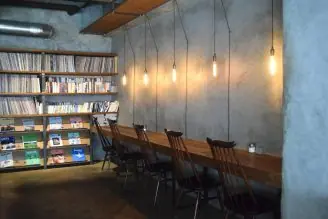
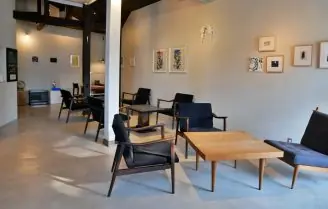
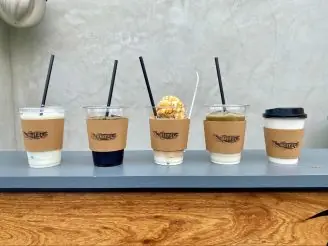

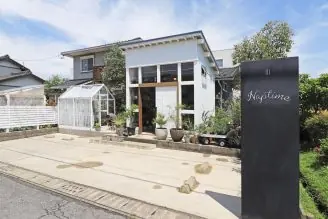
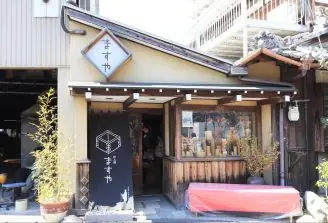
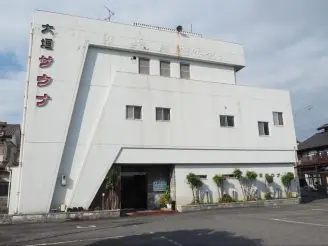
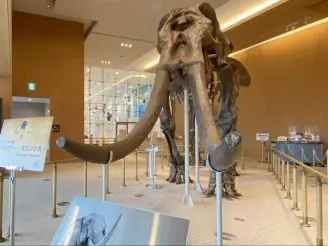
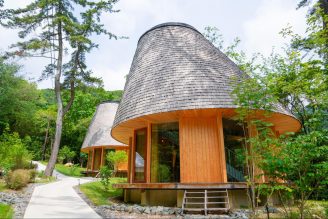
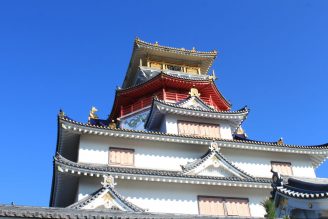
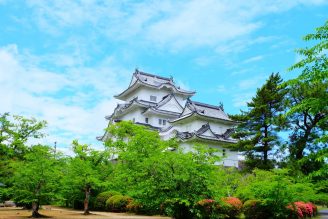
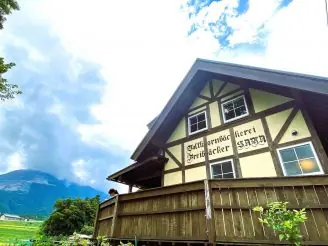
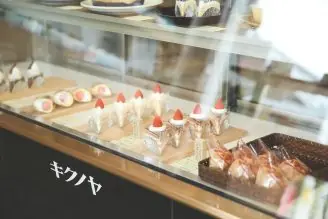

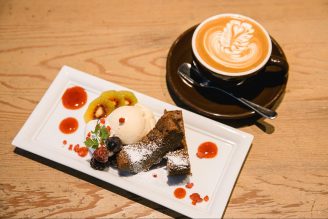
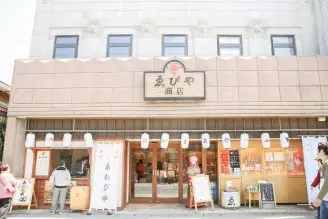
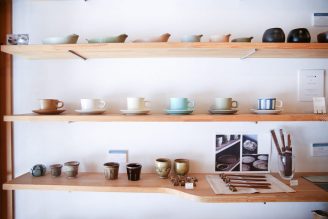
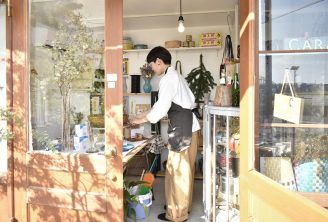


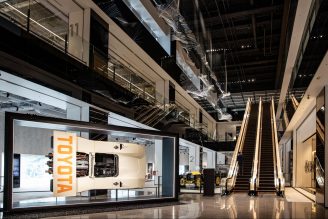

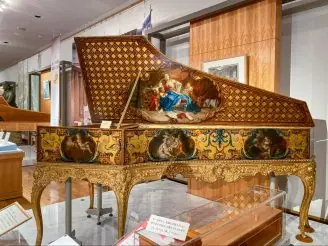




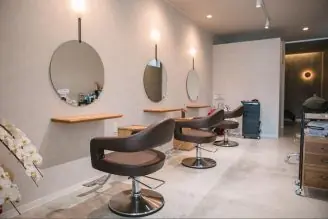


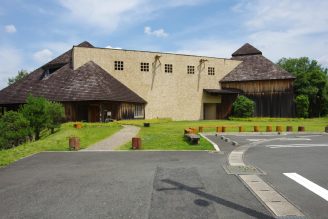
![[9 Selections] Summary of Retro Coffee Shops in Nagoya](https://life-designs.jp/wp/wp-content/uploads/2021/11/image1-30-1024x683.jpg)
![[10 selections] Recommended for Girls' Trip from Nagoya! Special feature on Hotels and Inns](https://life-designs.jp/wp/wp-content/uploads/2022/11/FotoJet-1-1024x768.jpg)
![[Aichi, Gifu, Mie] 30 Family-Friendly Spots to Go in Winter!](https://life-designs.jp/wp/wp-content/uploads/2019/12/image21-1-768x543.png)
![[Within 2hrs by Car] 12 Outing Areas where You can Go on a Day Trip from Nagoya!](https://life-designs.jp/wp/wp-content/uploads/2023/07/odekake12_w1200h900_20240422-328x246.png)

